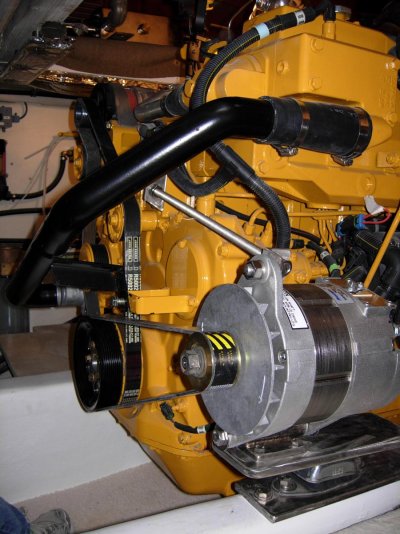FF
Guru
- Joined
- Oct 12, 2007
- Messages
- 22,552
For folks with massive battery banks that can require 200- 300+ amps of DC to have a reasonable charge time, getting an alternator can be expensive.
For those that prefer to "Roll their Own" and want to create a noisemaker that will operate at slow speeds for minor loads (inverter required) a big DC alt is also required.
This is a video of belting a coach direct drive unit.
These come in 12 & 24V up to 300AH output and rare available rebuilt , or just used , operating , at modest cost.
http://youtu.be/WvuT2ZSO2QI
For those that prefer to "Roll their Own" and want to create a noisemaker that will operate at slow speeds for minor loads (inverter required) a big DC alt is also required.
This is a video of belting a coach direct drive unit.
These come in 12 & 24V up to 300AH output and rare available rebuilt , or just used , operating , at modest cost.
http://youtu.be/WvuT2ZSO2QI



